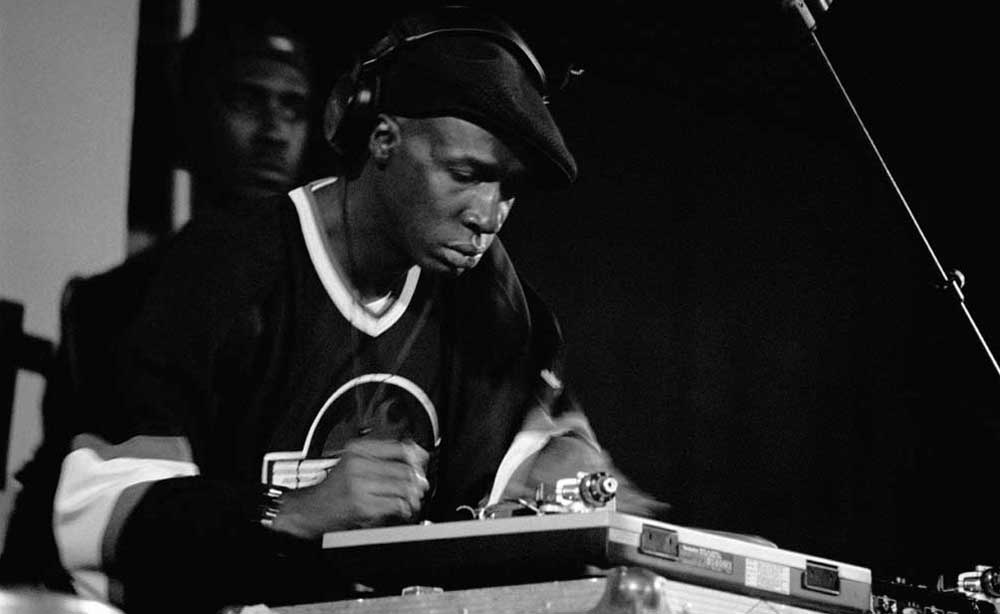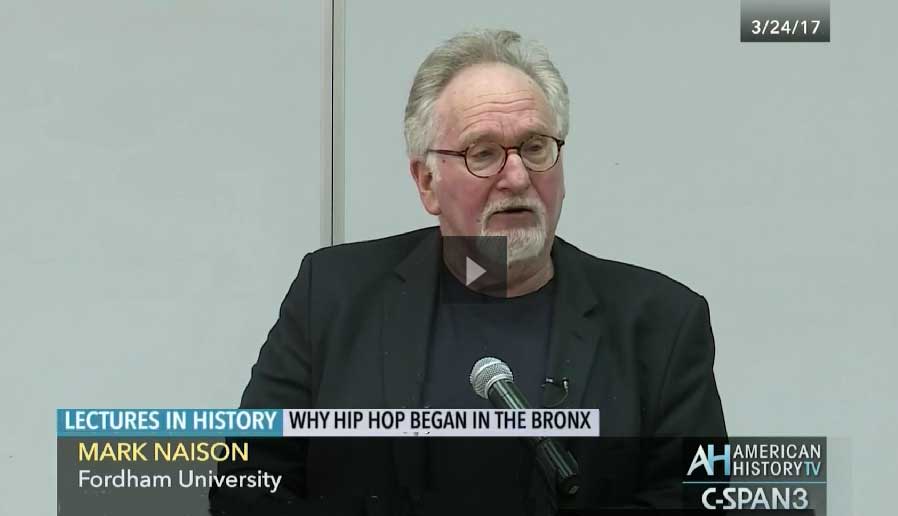
Grandmaster Flash was among the inventors of hip hop. (Photo: Mika Vaisanen)
Fordham University professor Mark Naison explores the cultural explosion that became hip hop, tracing it from its antecedent stage, through the big bang and universal expansion. A professor of history and African American studies, Naison’s obvious passion and appreciation of the subject lend moral and emotional weight to his intellectual adventurism. It’s an information-packed hour that plays well on repeated viewings (or as an audio loop).
Naison defines hip hop not just as music, but as “a multilayered art movement” of which rapping is only one component. What evolved from a Sedgewick Avenue recreation room in the Bronx in 1973 and spread around the world through the ’80s and continues to grow in influence even to this day consists of four main components: DJing and beat-making, break-dancing, graffiti art and rapping.
For the DJing part, the professor credits Grandmaster Flash, Afrika Bambaataa and DJ Kool Herc, who with his sister, Cindy Campbell, threw parties at the aforementioned rec center that galvanized the attention of the community. Break dancing (also known as b-boying) he characterizes as drawing its inspiration from martial arts, traditions in Latin music, rhythm and blues and the funky moves of performers including Little Richard and James Brown, as well as acrobatics. Graffiti art, he argues, despite being illegal, worked its way into the mainstream, on museum walls and in marketing materials in addition to illicit displays on New York subway cars and buses (although he makes the interesting point that certain cities in Europe adopted the art form as a legitimate means of decorating public transportation and buildings). Rapping he defines simply as “rhyming over beats in a style that could vary from the boastful to the reflective, to the assertively political.” Today, all four forms of expression have been disseminated through film, video and music, and “can be found today in almost every city of the world in one form or another.”
Why did this multifaceted art form known as hip hop start in the Bronx, of all places, and why did it spread? Naison details the borough as a musical melting pot, where immigrant elders from a melange of regions — African Americans from the South, West Indians from Jamaica and Barbados, Spanish-speakers from Puerto Rico, Cuba and Panama — exposing the youth to traditions sounds they would blend in inventive new ways. “By the 1950’s, the clubs, theaters and churches and schools in these neighborhoods where places where you could hear Afro-Cuban music, doo-wop and rhythm and blues, Dixieland jazz and calypso. Now these forms began to evolve as the American-born youth began to transform them, giving rise to salsa, funk and Latin soul. “
Baz Luhrmann presented a version of the backstory with the Netflix series The Getdown, which focused on the 1970s, when the gang violence and misery that befell the Bronx paved the way for invention and escapism. When the new artform was born, readily available public transportation made it possible to export the sound. Harlem, Midtown Manhattan, the Village and the Lower East Side — culture makers and entrepreneurs headquartered in those areas, when they saw what was going on in the Bronx, where in a position to market it, nationally and globally. That exploitation was key. Some things never change.
Naison’s classroom lecture was recorded by C-SPAN for its American History series. Click to watch:



Comments are closed.